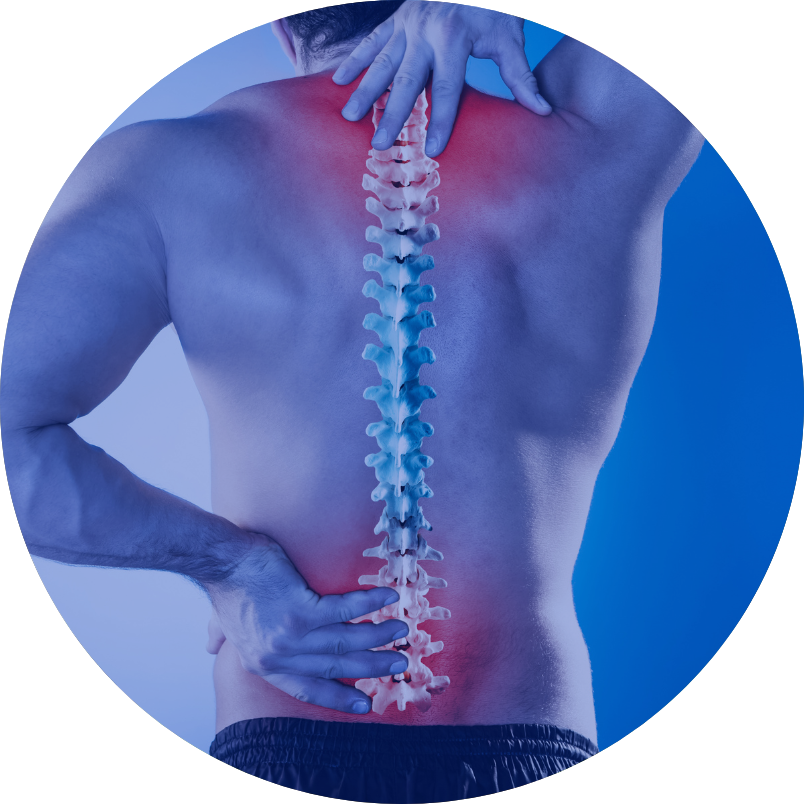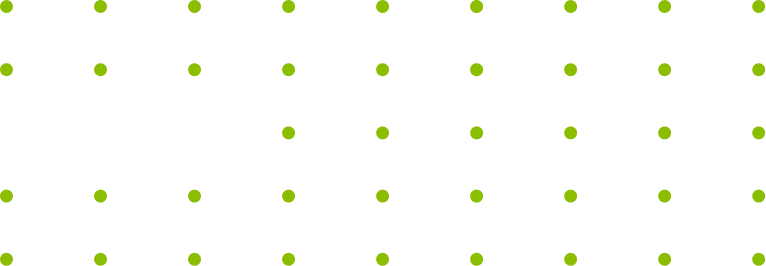Cryoablation



OPERATIONS
Modern minimally invasive treatment of prolapse – lateral hysteropexy using the Dubuisson’s method. Stress urinary incontinence Tubal dropsy Vaginal surgery (vaginoplasty) Lowering of the reproductive system Infertility Uterine myoma Labia hypertrophy Ovarian cysts and ovarian tumors EndometriosisOPERATIONS
Cryoablation procedure is one of the methods of treating chronic pain in spine degenerative diseases.
Spondylosis is a complex, multifactorial phenomenon involving, inter alia, degenerative changes in intervertebral discs, ligaments, spinal muscles, and interstitial joints. In the first stages of the illness, the patient experiences moderate, transient pain of the back and/or neck, which over time occurs more and more frequently, lasts longer and is more severe. With the advancement of the disease process, the pain may begin to radiate to the occiput, arm or leg. The pain syndrome is usually accompanied by the limitation of mobility and, consequently, the life activity, which ultimately prevents the patient from functioning normally in the society. In severe cases, degenerative changes can lead to oppression of nervous structures and to their dysfunction (paresis or feet, urinary/faecal disorders), which may involve to need of urgent surgery. It is difficult to clearly indicate the causes of the disease, as it affects both women and men, physically and mentally disabled people, lean and obese, tall and short in height. The only factor having influence on the development of the disease is age, the disease most often affects the elderly, although the tendency to its occurrence is observed in younger and younger patients.
In the early stages of the disease, painkillers and rehabilitation treatments bring improvement. Whereas, in cases of chronic pain syndromes, in which the above methods do not provide satisfactory improvement and pain is not less despite their use, interventional analgesic methods must be used, among all cryoablation, which in most patients will allow for a completely painless life or will cause significant pain reduction and allow for postponement in time or complete elimination of the need for surgery.
In the case of absence of improvement after all other treatments, with the finding of structural changes that are the cause of the reported ailments and in the event of symptoms of oppression of the nervous structures, the method of choice is surgical treatment.
It is important to consult a physician performing interventional analgesic procedures before the suggested surgery.
Prior to the cryoablation procedure, it is necessary to identify the so-called generator of pain, that is, places that will determine the anatomical goal of therapy. Diagnosis of the pain generator begins already in the course of the interview and medical examination. Then it is continued in the surgeon’s office under the control of ultrasound, or in the operating room under the control of Roentgen (more precision) and consists in locating and injecting the pain generator with a local anesthetic (the same as used for anesthesia in dental surgery).
The cryoablation procedure itself is also performed in the surgeon’s office under the control of ultrasound, or in the operating room under the control of X-rays. Firstly, the place of the cryoablation needle insert is marked and this place is injected with a local anesthetic. Then the skin is punctured and a special needle is introduced, the tip of which is to be placed in the pain generator.
When the needle is placed in the correct position in the effect of passing gas through it (medical CO2 or N2O), the tip is cooled to a very low temperature (to -70oC) for a few seconds. This results in very selective and partial damage to the nerve fibers leading the feeling of pain from the diseased structures.
There may be several pain generators, so during one procedure there may be a need to change the position of the needle several times and cool it once again.
The high selectivity of the treatment allows to turn off only the nerve fibers responsible for feeling pain, the other fibers, and in particular the ones responsible for moving hands and feet remain intact and their function is undisturbed. After the procedure, soundproofing of the pulse and improvement of functioning occurs, this effect is observed almost immediately after the procedure.
The damaged nerve fibers regenerate (recreate) themselves after about 6 months to a year. The fact of fiber regeneration additionally enhances the safety of the therapy as its effects are fully reversible, but it also involves the need to repeat the procedure in case of recurrent pain.
On the other hand, due to the very small invasiveness the treatment can be repeated many times with the same good analgesic effect.
The treatment is related to skin puncture and does not require stitches. A bandage is to be placed at the puncture spot and it should be replaced the next day at home.
The patient goes home after the procedure the same day, and the fact of using low temperature minimizes the number of possible side effects.
The only medicine used during the procedure is an anesthetic (Lignocaina/Bupivacaina), THE FACT OF BEING ALLERGIC TO THESE MEDICINES SHOULD BE REPORTED TO THE DOCTOR AS SOON AS POSSIBLE BEFORE SURGERY.
After the procedure, the patient is encouraged to return to full activity, there is no need to immobilization and special rehabilitation.
Neurosurgery control is recommended in 1 and 3 months to assess improvement after treatment.

